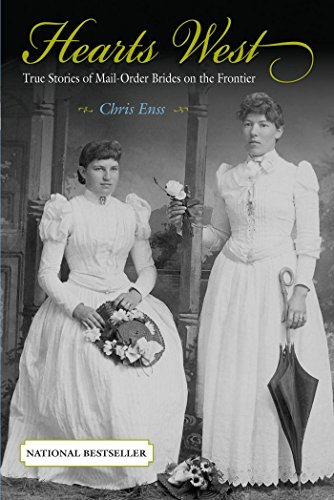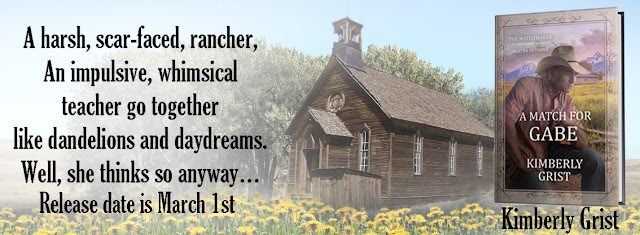A source that I have found useful when writing mail-order bride stories is this slim volume subtitled True Stories of Mail-Order Brides on the Frontier. The premise of why the author wrote the book is sweet: she didn’t have a date for the Junior-Senior Prom and advertised that fact in the high school newspaper. The ad set out a meeting place and fourteen other girls in the same situation showed up. The one guy who showed up was looking for a different meeting.
The irony here is how the ratio was switched from the late 19th century when American frontier towns experienced a minimum of fifteen men (often as high as fifty) to one woman. An enterprising businessman, Leslie Fraser Duncan, started the Matrimonial News in England in 1870, then opened offices in San Francisco and Kansas City, Missouri, the following year. For a set fee, men could advertise for a wife with anonymity, and the newspaper would facilitate correspondence with women who responded. The goal of the newspaper was stated as: “To cultivate the noble aim of life and help men and women into a state of bliss is our aim.”
The weekly newspaper remained in print through the 1890s, although toward the end, some of the ads were merely pranks. But the newspaper was successful enough to spawn many other similar publications. Each operated in a slightly different way, with some covering regional areas.
Some women had more time to prepare for the eventual match and would sit for photographs that could be included in a letter to a prospective mate. Others were in a hurry to leave a bad situation, so they responded to several ads and possibly matched with the first man who replied.
The book includes stories of individual women, why they responded to such ads, and the outcome. A few examples of the ads are included. I value the book because I learned that a wide variety of individuals at various stages of success used these publications which were the early version of ads in the contemporary personals column.
In my forthcoming novella, Triese, part of the Rescue Me Mail-Order Brides multi-author series, she fits into the “in a hurry” category.
Triese O’Hara watches as her father’s newspaper office is vandalized, and he’s beaten and hauled away with the thugs stating they’ll bury him. She needs to disappear far away and with a different last name to escape detection. But she vows to make the man responsible pay.
Sheriff Paxon Waldemarr struggles to control the lawless element in Laramie, Wyoming Territory. After a tragedy, he becomes guardian to his young niece and needs a wife to make a home. When he marries his mail order bride, he has no concept of this woman’s determination to avenge her father’s death. If her actions reflect on his career, how will their marriage survive?
















.png)













